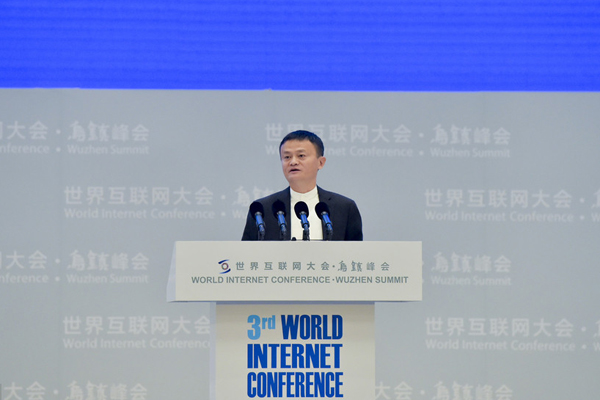Regional efforts may not fix air pollution
With the public counting on regional joint prevention and control to solve the problem of airborne pollution, an environmental expert says the system is still in the early stages and may not cure the problem.
At the annual two sessions, Bao Jingling, a deputy to the National People's Congress for Tianjin, and chief engineer of the municipality's environmental protection bureau, said media and the public should distinguish between the prevention and control of fine particles from the prevention and control of smog and haze.
"A regional joint prevention and control system serves the purpose of curbing regular emissions from pollution sources in cities and provinces within the region, thus lowering the yearly average level of the region's fine particles," Bao said.
But he said such a system cannot help prevent smog and haze.
Dense smog and haze covered large areas of China five times in January, affecting an area of more than 1.4 million square kilometers. Beijing, Tianjin and Hebei province was one of the most severely suffered areas, and also one of the 13 key regions ordered by the Environmental Protection Ministry in September to break with administrative boundaries in the fight against PM 2.5.
|
 |
In a list of the 10 most heavily polluted cities in January released by the ministry, cities from this region took eight places.
Bao said smog and haze should be viewed as a type of meteorological disaster, because it only occurs under temperature inversion, when the bottom of a layer of air is cooler than the upper layer, preventing the air from natural interchanging, thus blocking pollutants from dispersing.
"The air in that condition is so stable that it's like covering a city with a lid," said Bao. "Pollutants can neither go out, nor come in — that's why smog and haze cannot be prevented by regional joint prevention and control.
"What we can do is to gradually cut the pollutants' concentration in smog and haze by taking care of each region's problems, including pollution from automobiles for Beijing, construction sites for Tianjin and burning coal for Hebei province," he said.
At a national environmental conference in late January, Environment Minister Zhou Shengxian said the government is striving to control all cities' PM2.5 levels within the national standard by 2030.
Though the public appears unsatisfied with the timetable, experts say the target may already be hard to reach.
"We can't prevent smog and haze even by 2050, because the weather conditions are not within control," said Bao. "But we may reduce the pollution level during smoggy days from 'heavily polluted' to 'medium' or even 'slight' after 10 years' efforts. Meeting the daily standard of 75 micrograms per cubic meter by 2030 may not be realistic, but we have a good chance of reaching the annual standard of 35 micrograms per cubic meter."
Bao also said the ministry may set up a special fund to control airborne pollution before 2014. The amount of money invested is expected to be similar to that in a special fund for water pollution several few years ago — more than 1 billion yuan ($160.6 million) — and a considerable proportion will be spent on scientific research.
"Before implementing regional joint prevention and control, we have to find out exactly how much pollution cities and provinces are contributing to their neighbors, which is still not clear," Bao said, adding that the investigation and monitoring of PM2.5 in China is still at an early stage.

















